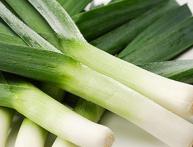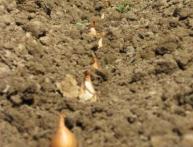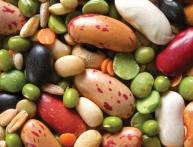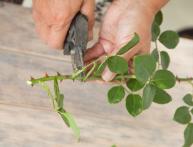Timely sowing of radishes is the key to a good harvest

In order to get a good harvest of radishes you need to know some secrets of its cultivation.
- Firstly, sowing radishes must be done within a certain time frame. Conventional radish varieties are short-day plants; 12 hours is enough for the plant to fully grow. Too long sunny days lead to the rapid appearance of flower stalks; too short days will not allow the normal development of the root crop. The best option is to sow radishes in April or early August.
- The second important rule: sowing radishes must be done in well-lit beds; in heavily shaded areas, plants produce excessive tops and poor-quality root crops. The best soils for sowing radishes are loose sandy loam, slightly acidic, or loose loamy soils. Infertile, structureless soils, too wet areas, or those in which fresh manure has been added in large quantities will not be very suitable. The plant does not like acidic soils.
- It is best to sow radishes after tomatoes, cucumbers, and peppers.
- Another important secret is that radishes cannot be weeded, loosened or thinned - such procedures cause active bolting of plants.
- Experts recommend choosing only full-fledged, large seeds for sowing; you can check the quality yourself by immersing them in a saline solution. The floating seeds must be thrown away; they will not produce a good harvest.
- Radish crops should not be thickened - this provokes bolting of plants. Seeds should be sown at a distance of 2-4 cm, to a depth of 1 cm. Constant moisture must be maintained in beds with radishes, otherwise the root crops will crack.
- To repel pests that can cause irreparable harm to plants, meaning the cruciferous flea beetle, you need to dust the beds with ash or dust from tobacco. To preserve the crop, you can also use non-woven covering materials.
Interesting information about the vegetable garden








